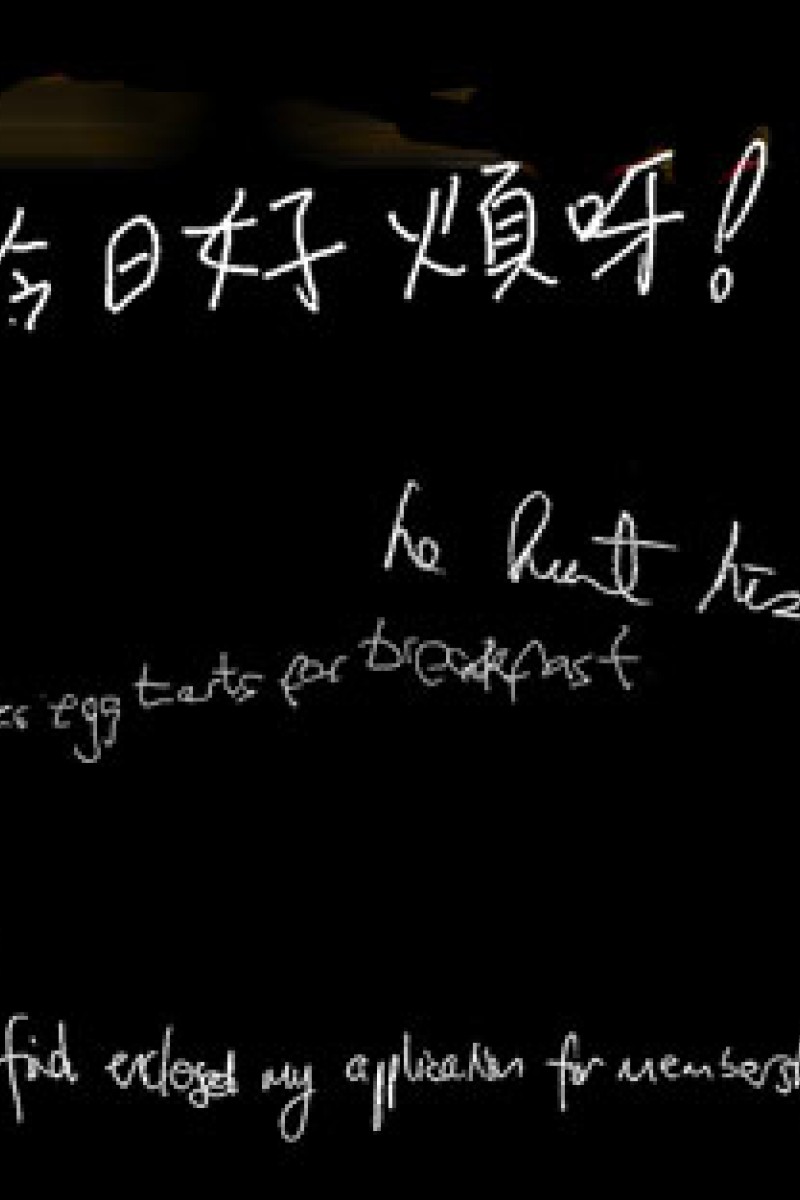 iii
iiiMost of us might remember trying to connect the dotted lines in a cursive handwriting copybook back in Primary Three. But education experts say students' handwriting is deteriorating in a digital, keyboard world, and that perhaps simple, printed handwriting is more important than cursive script.
Writing text messages, e-mails and other correspondence are all done with a keyboard of some kind. Even coursework is expected to be submitted in a standard format of 12-point Times New Roman. Putting pen to paper generally only happens in exams or when taking notes. On such occasions, neat and clear handwriting is ideal - and students are increasingly unable to do that, some educators say.
According to Ernest Tse Kwok-keung, senior curriculum development officer at the Education Bureau, it is not compulsory for primary schools to teach cursive handwriting. Teachers can decide whether or not to include it in the curriculum, and most opt to teach it to Primary Three or Four students.
But some educators argue that the comprehensive general studies syllabus already puts too much pressure on students and the addition of typing lessons leave insufficient time for cursive handwriting practice.
They also say in the new education system, efficiency is everything - get the answer right, convey your message clearly and you will score high marks - making an emphasis on anything other than neat penmanship unnecessary.
'Neat and tidy handwriting certainly gives a good impression,' says a junior high English teacher surnamed Chung.
'But as long as I can read it, it's always the content that's the most important.'
The problem is, teachers are increasingly saying many students are producing handwritten content they cannot read.
Even when teachers emphasise the importance of dotting every 'i' and crossing every 't', some students appear to be unable to do so.
In a general overview of the last year's HKCEE and A-levels by markers, it was stated that a portion of the candidates had written illegibly in both Chinese and English papers, making it difficult to figure what out what they had written. In some cases, the overview said, the answers could not be assigned marks until they were double-checked by more experienced markers.
The report adds that in a computerised learning environment, students become focused more on reading than on writing. The result: students can recognise words but cannot write them. It described their handwriting as 'shocking'. But some students say the time limit is to blame for the illegible exam papers.
'Time is everything in public exams. Of course I am not going to waste time on penmanship,' says Form Seven student Linda Cheung Hiu-ting. 'Writing down what I want to say is the first priority. If I have time to spare, I'll go back and fix the messy scribbles.'
In the United States, about 0.3 per cent of high school students are allowed to use computers in exams due to their poor handwriting. But the Hong Kong Examinations and Assessment Authority only allows candidates with special needs or learning disabilities to use computers.
Candidates with real problems in writing and reading, such as dyslexia, and who are genuinely incapable of turning in readable papers are allowed to use a computer after submitting supporting documents, doctors' reports and undergoing a panel interview.
Perhaps it's time to get those old copybooks out again.
